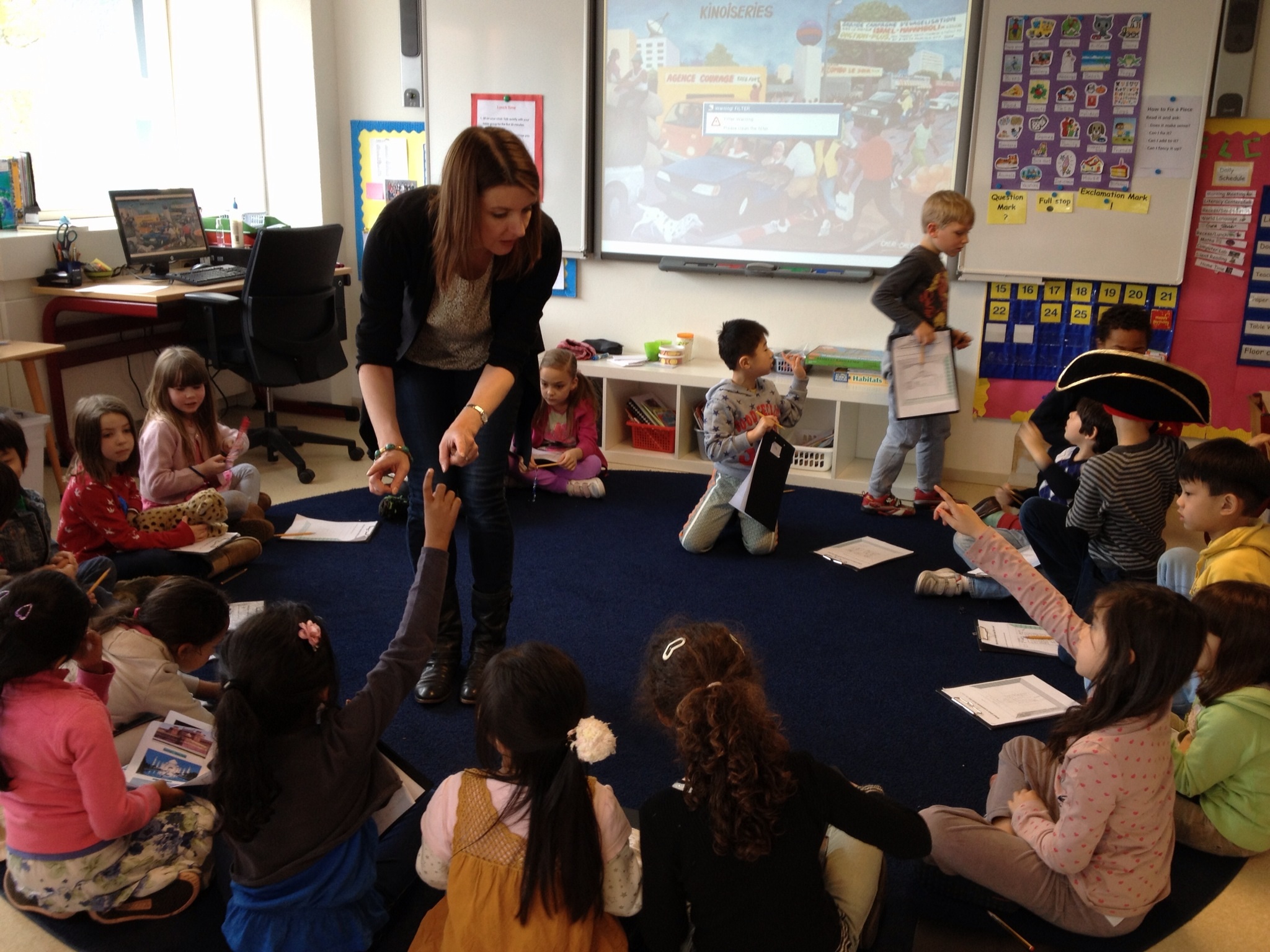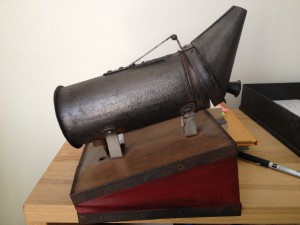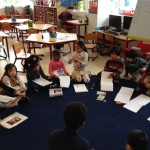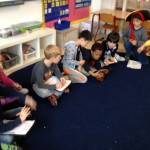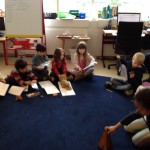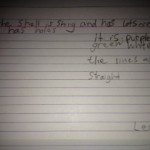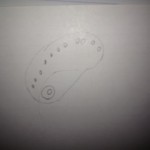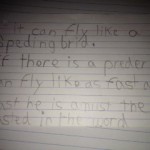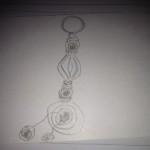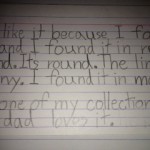This content has been archived. It may no longer be relevant
I recently I held my first workshop at an international school in Amsterdam. This was a great chance to try out my new ideas, make sure I had pitched the material at the correct level and to check engagement and interest amongst the students.
This was a class of 19 international students in Group 3 Primary School (age 6-7 years). The first 20 minutes of the workshop involved students discussing their ideas about what a museum was. The very first activity I asked the students to do was to draw a quick sketch of what a museum meant to them. This was an interesting exercise as every student had different ideas – from the building to the contents to the feeling that visiting a museum gives them. This was intended as a warm-up exercise and to show that everyone brings their own perceptions and ideas with them on a visit to a museum. We then discussed and looked at different types of museums through images on the interactive whiteboard. Again, this was intended to manage expectations about the wide-range of institutions that can call themselves a museum. The final part of this section ended with a brainstorm of things that you could find inside a museum – everything from bones, weapons, diamonds and paintings came up.
The mid-section of the workshop was intended to make students reflect about why objects are put in a museum. I had brought in an object from home that I unveiled in the middle of the circle on the carpet. We then did a See-Think-Wonder about my mystery object.
The Mystery Object
Whilst this section was not intended to be solely ‘Guess the Name of the Object’ the students were extremely curious about what was in front of them. As we were observing and describing the various parts of the object, many questions arose: How did it work? Why did it have a handle? What was the spout for? Why does the bottom part move up and down? The thinking routine See-Think-Wonder allowed us to explore the object carefully and to base interpretations on evidence based on our observations. The ‘Wonder’ part allowed students to voice and answer their own questions about the object too. This routine works well with this age group and for this session it also provided a powerful but simple structure for the student’s thinking. Working together in a group using open-ended questions in this way helped everyone to feel comfortable with participating in the discussion.
For the final part of the session, students became detectives investigating their own objects. Every student had been asked to bring in an object from home for the workshop. It could be something about their family history, something from an overseas holiday or something from another culture including their own, natural things (shells etc) or old things (photos or a game). The aim was to ask students to perform two written exercises using thinking routines to describe and analyse their object.
The final part of the exercise asked students to name one interesting and one important thing about the object. At this point we ran out of time and it was lunch-time. The teacher was so enthusiastic about finishing the activity that she took my pre-prepared object labels and gave them to the class for after lunch. The students created some wonderful labels as you can see in the images below:
As a first workshop experience, it was really fantastic to see the students actively participating and genuinely interested in the subject. Workshops can be used, as this one was, as an introductory lesson before a trip to a museum or as a means to teach students the skill of how to look, interpret and discuss objects. Thinking routines form the foundation of these workshops as they give a loose structure to the discussion and help students learn to look at objects slowly – a skill that they could take to any museum and teach to their parents.
For future workshops I would definitely need to either extend the length of the workshop and I am currently working on defining a set of different workshops that could be offered throughout primary years depending on age and length of time available. Watch this space for more details…
*in case you are wondering, the mystery object is a bee-smoker!
